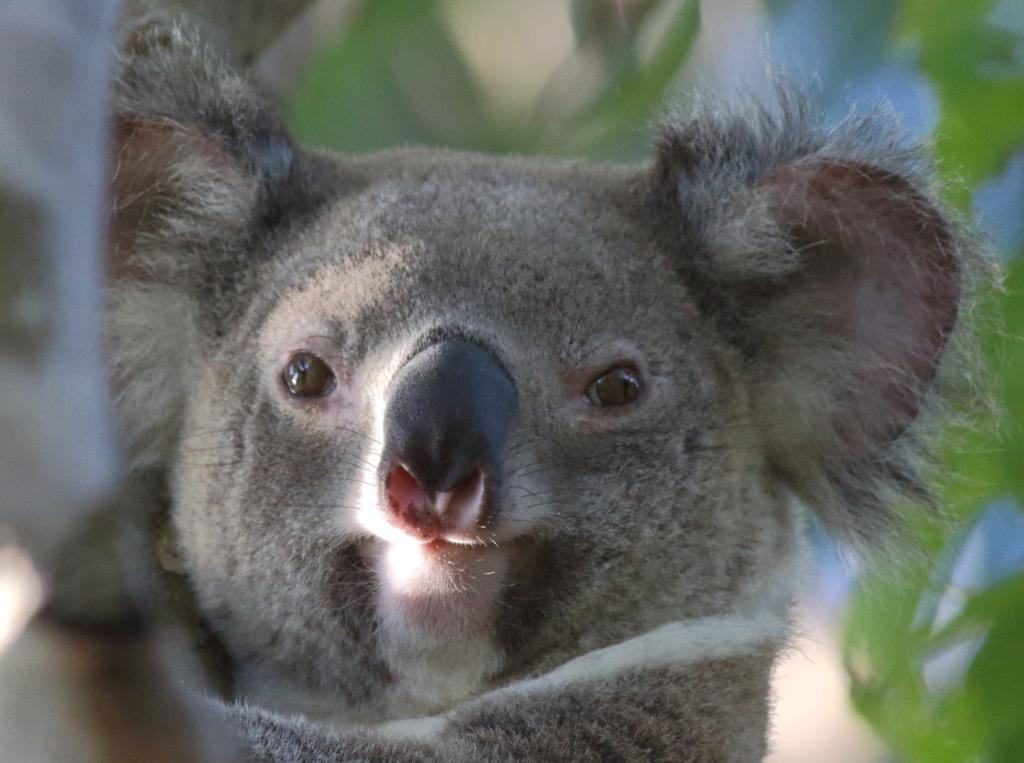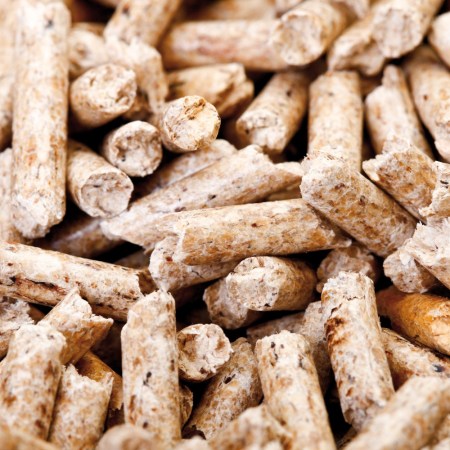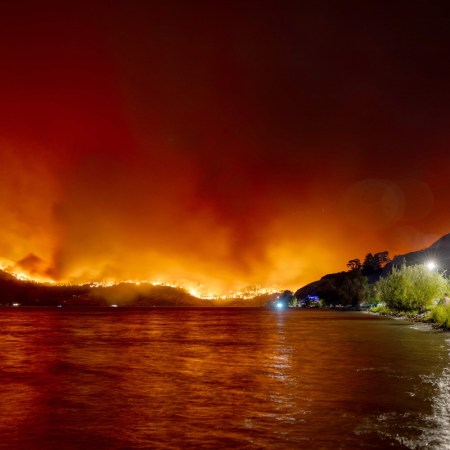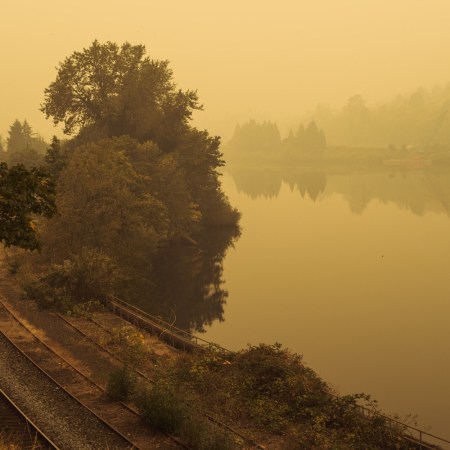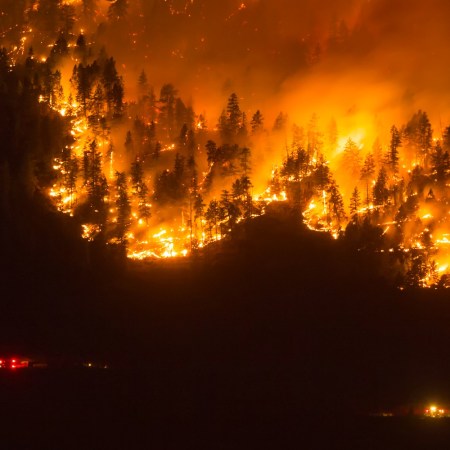Horrific wildfires and scorching temperatures continue to plague Australia: a recent report at The Guardian notes that temperatures are likely to reach 44 degrees Celsius (or 111 degrees Fahrenheit) next week. The effects of the fires have been felt in the loss of human lives and the destruction of homes and other buildings.
As the fires continue, scientists and government officials are learning more about their effects on the local landscape and the environment. An article at the Evening Standard reveals some sobering information on this front: the fires are estimated to have killed 480 million animals, including roughly a third of the koalas in New South Wales.
“More than 100 fires continue to rage across the country, having so far consumed more than five million hectares of land,” writes Harriet Brewis at the Evening Standard.
The efforts to find and save the lives of animals in the wild are ongoing; earlier this year, readers and viewers around the world were captivated by the story of one dog tasked with finding koalas in the wilderness so that they could be moved before fires devastated their habitats.
This year’s bushfires are considered unprecedented in Australia’s history. Writing for The Guardian, Adam Morton noted that a number of factors have contributed to their severity. Morton writes that “this season has also seen the loss of rainforests, wet eucalypt forests, dried-out swamps and banana plantations that do not usually burn because they are too wet.”
It’s a harrowing combination of factors that have led to massive amounts of devastation — and still the fires continue to burn.
Subscribe here for our free daily newsletter.
Thanks for reading InsideHook. Sign up for our daily newsletter and be in the know.
